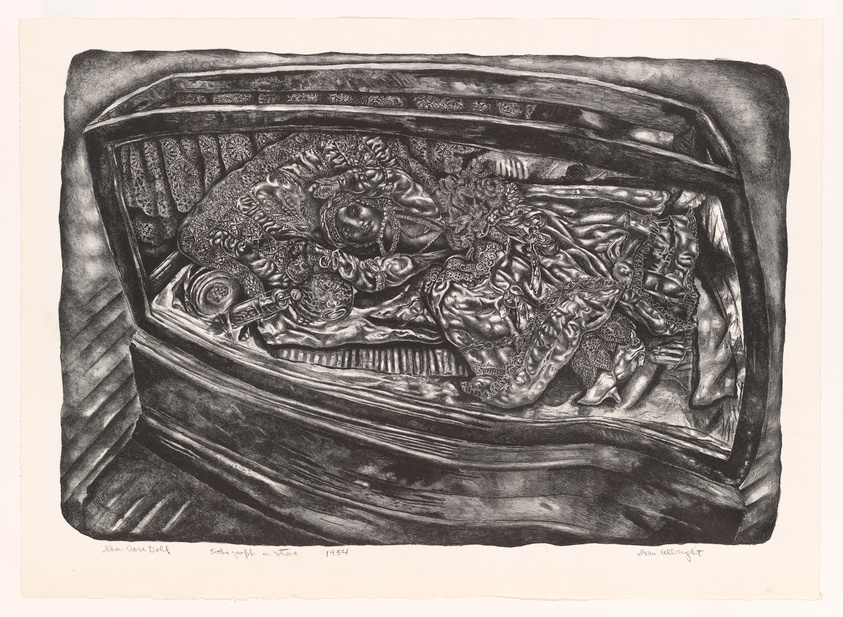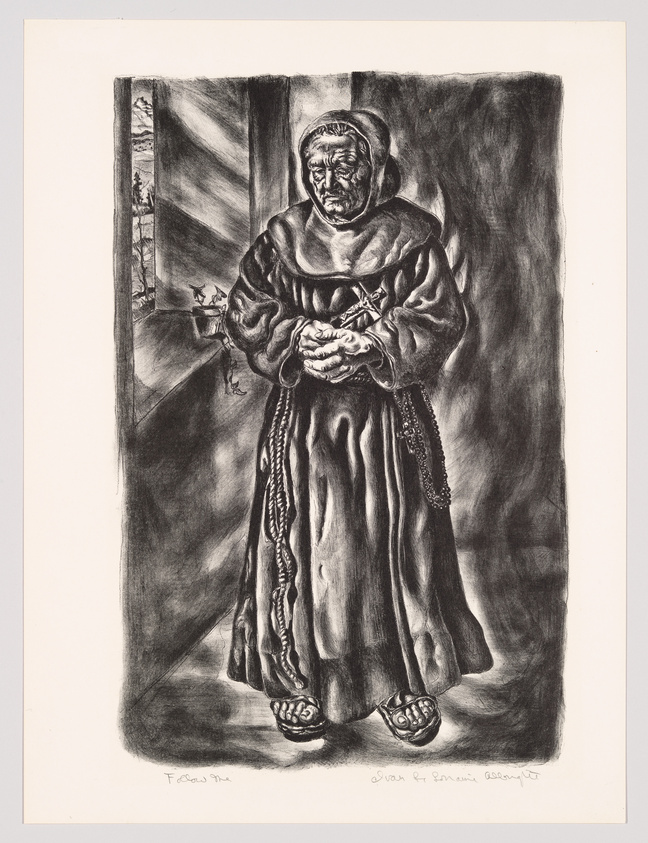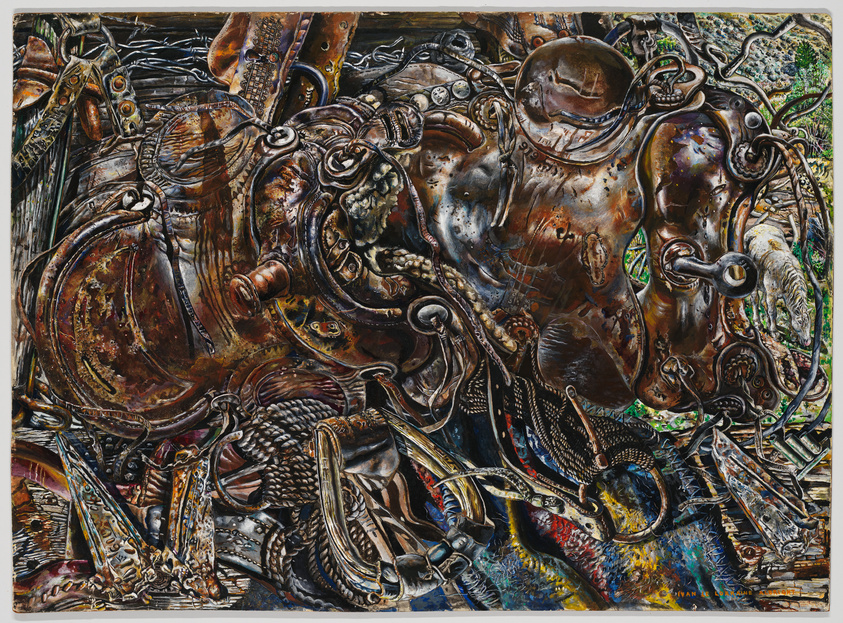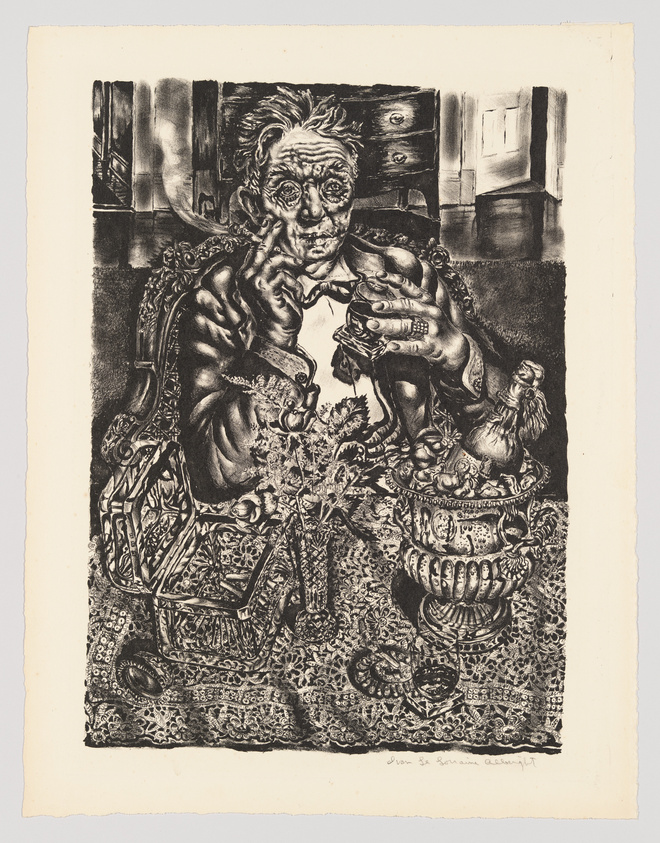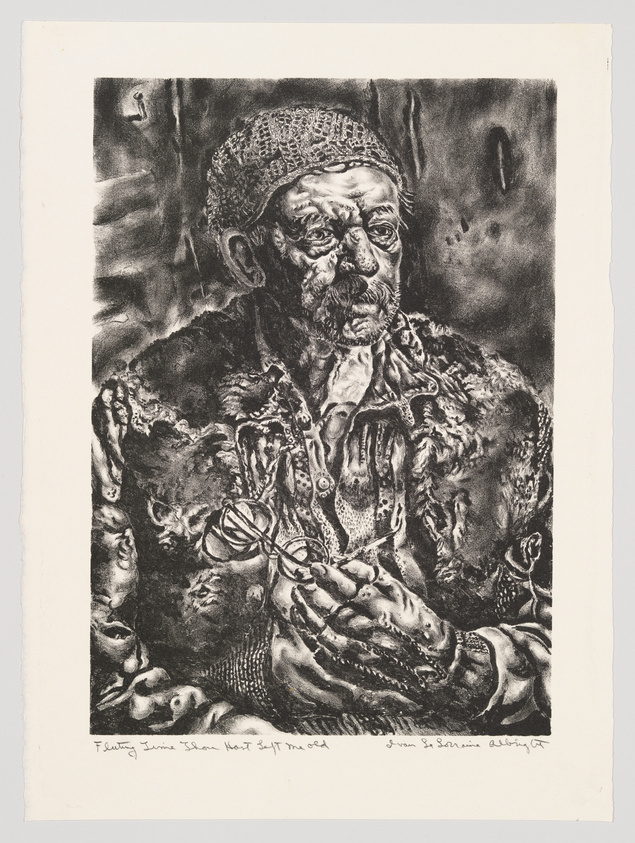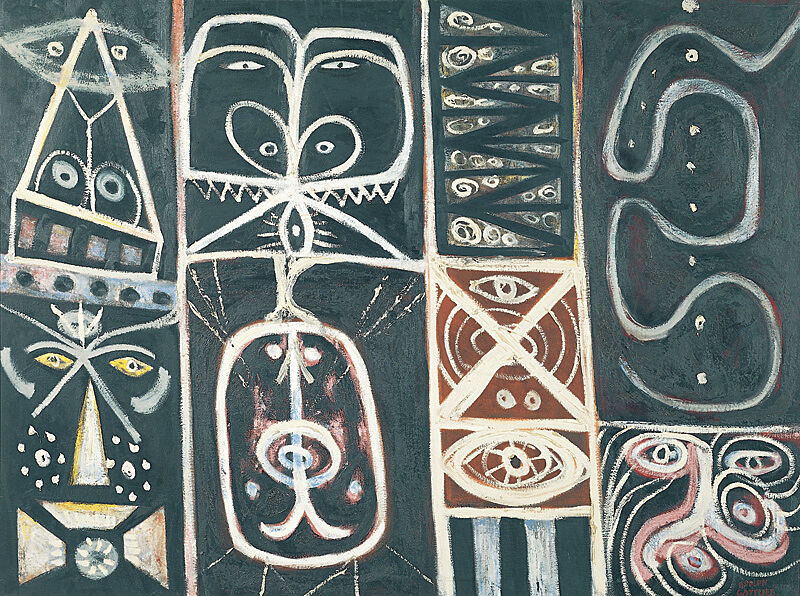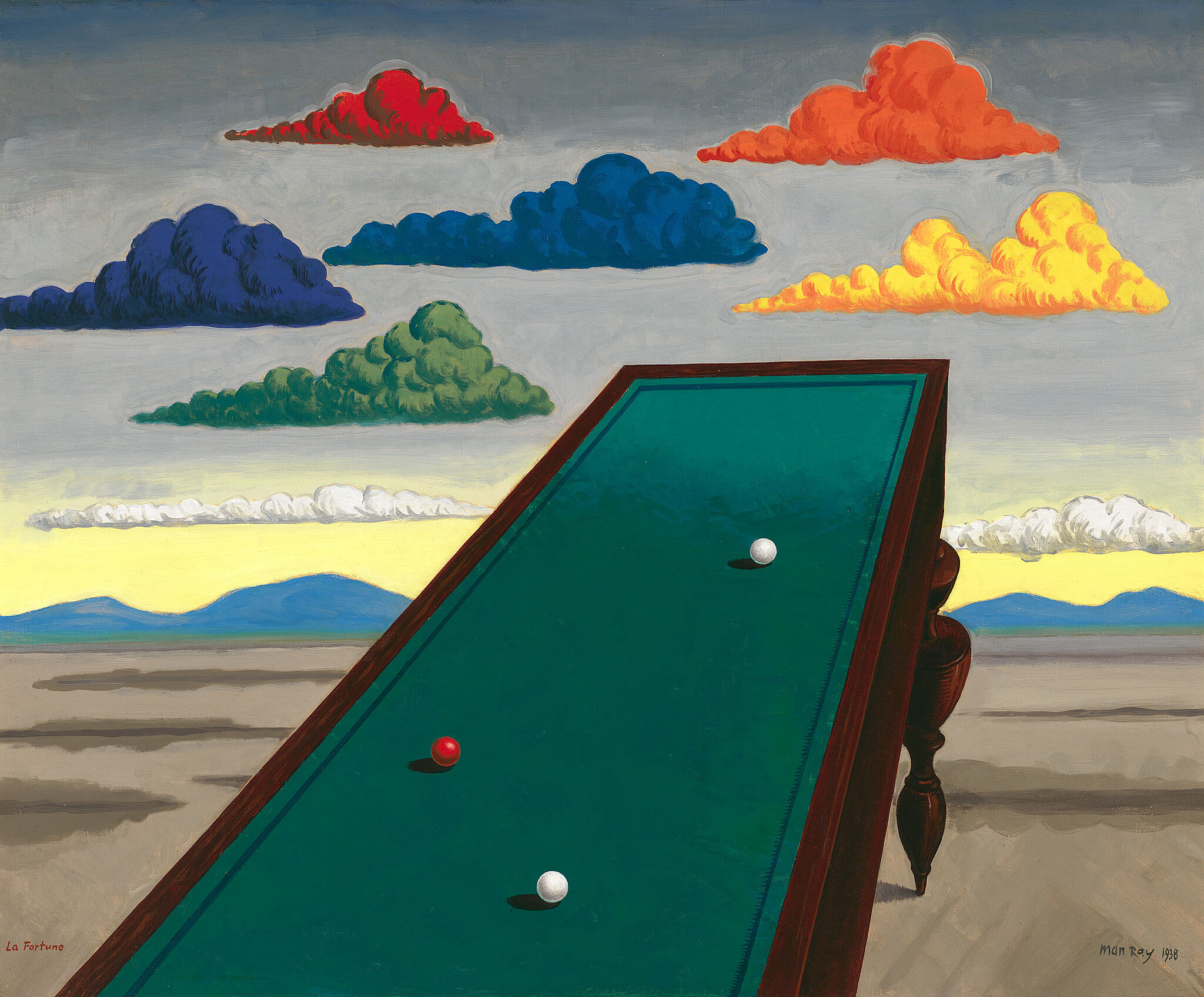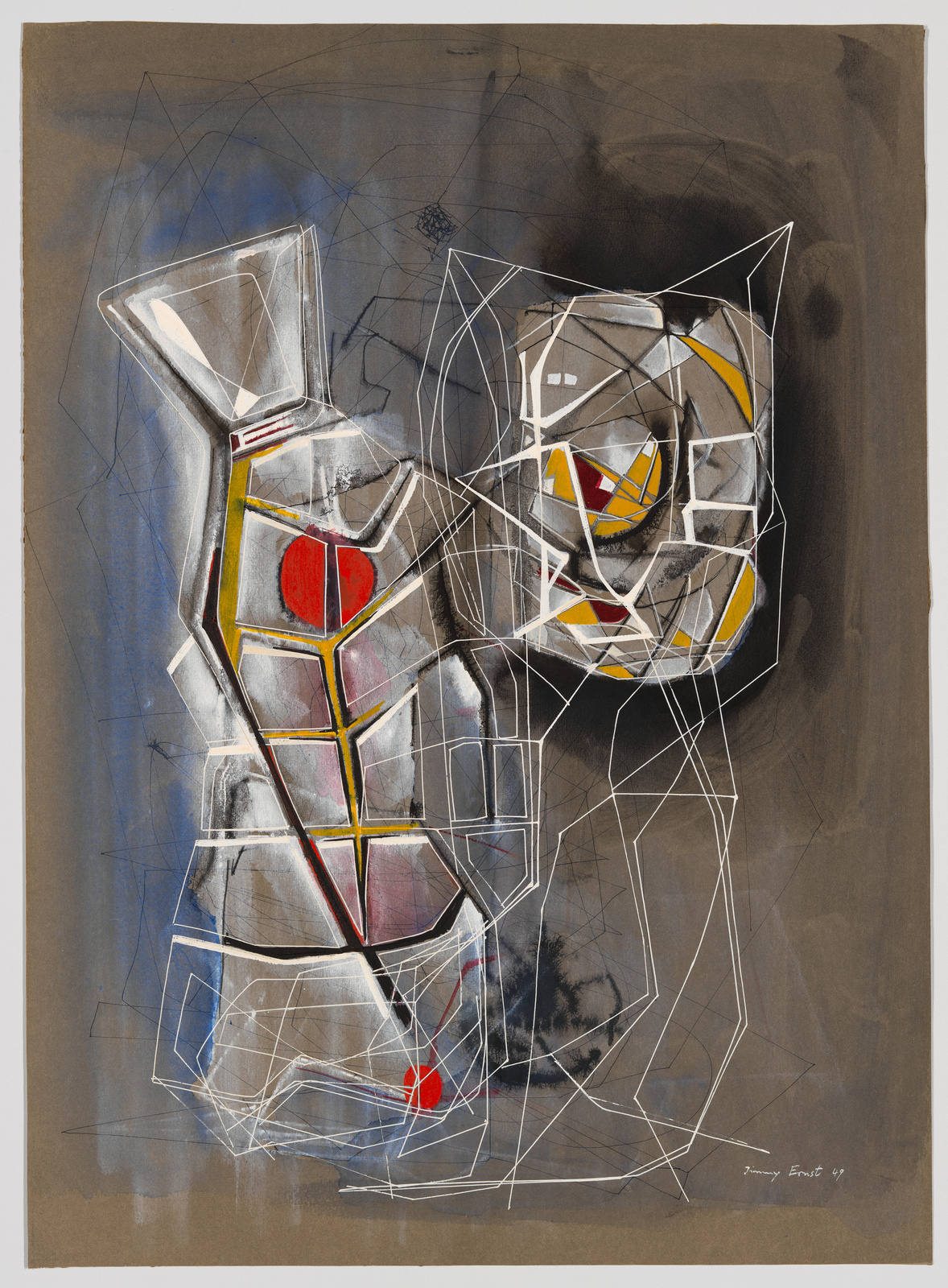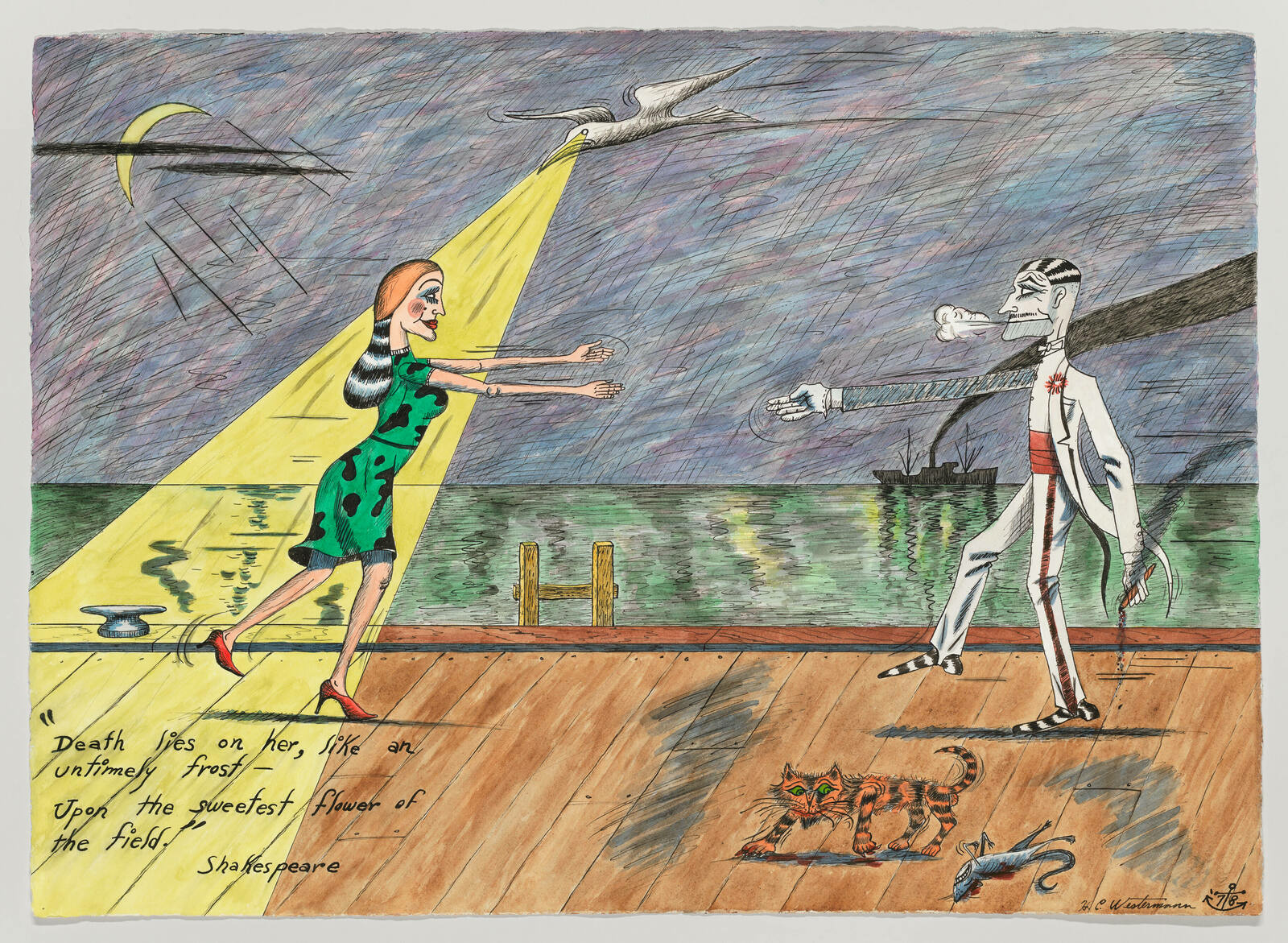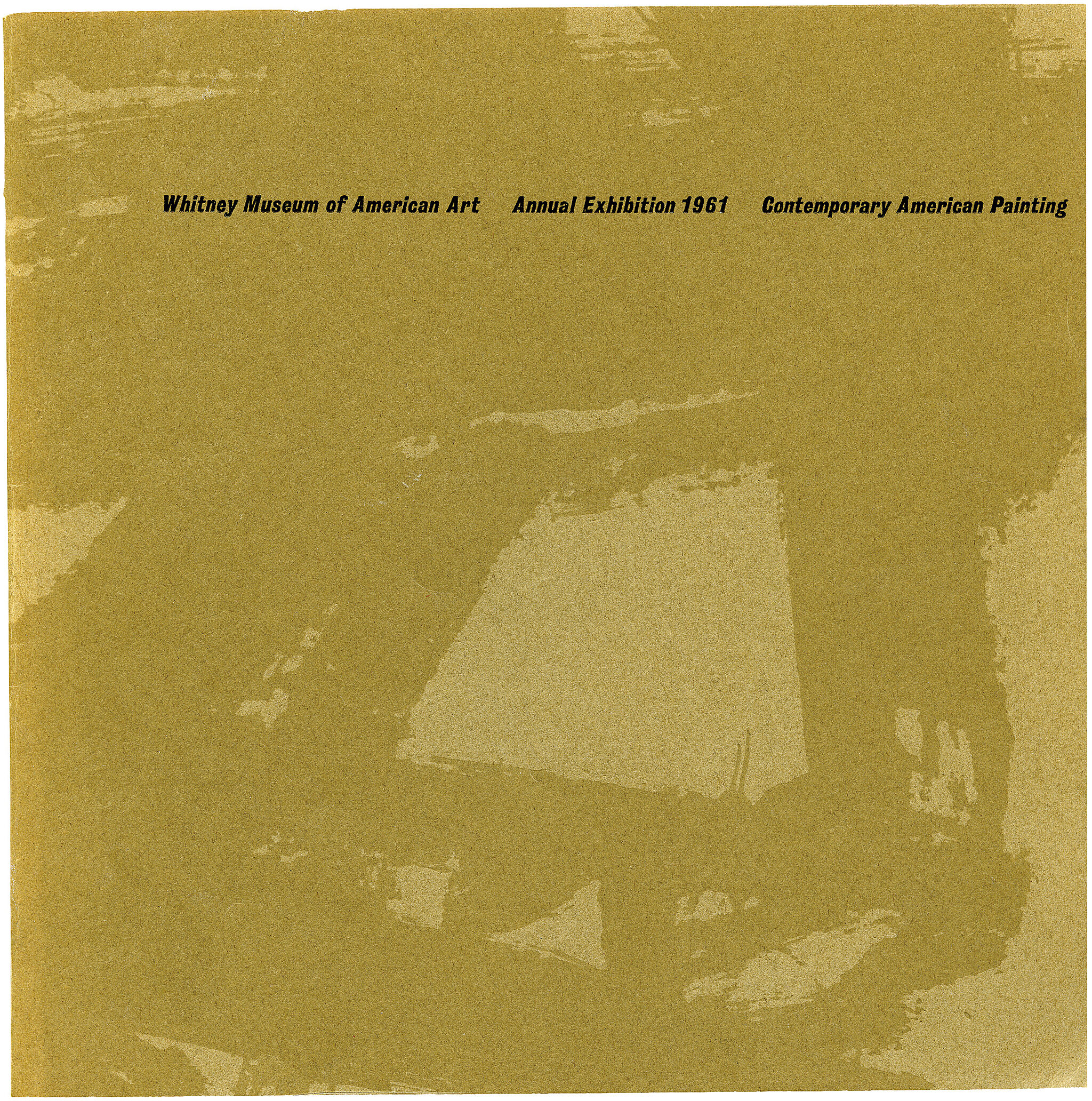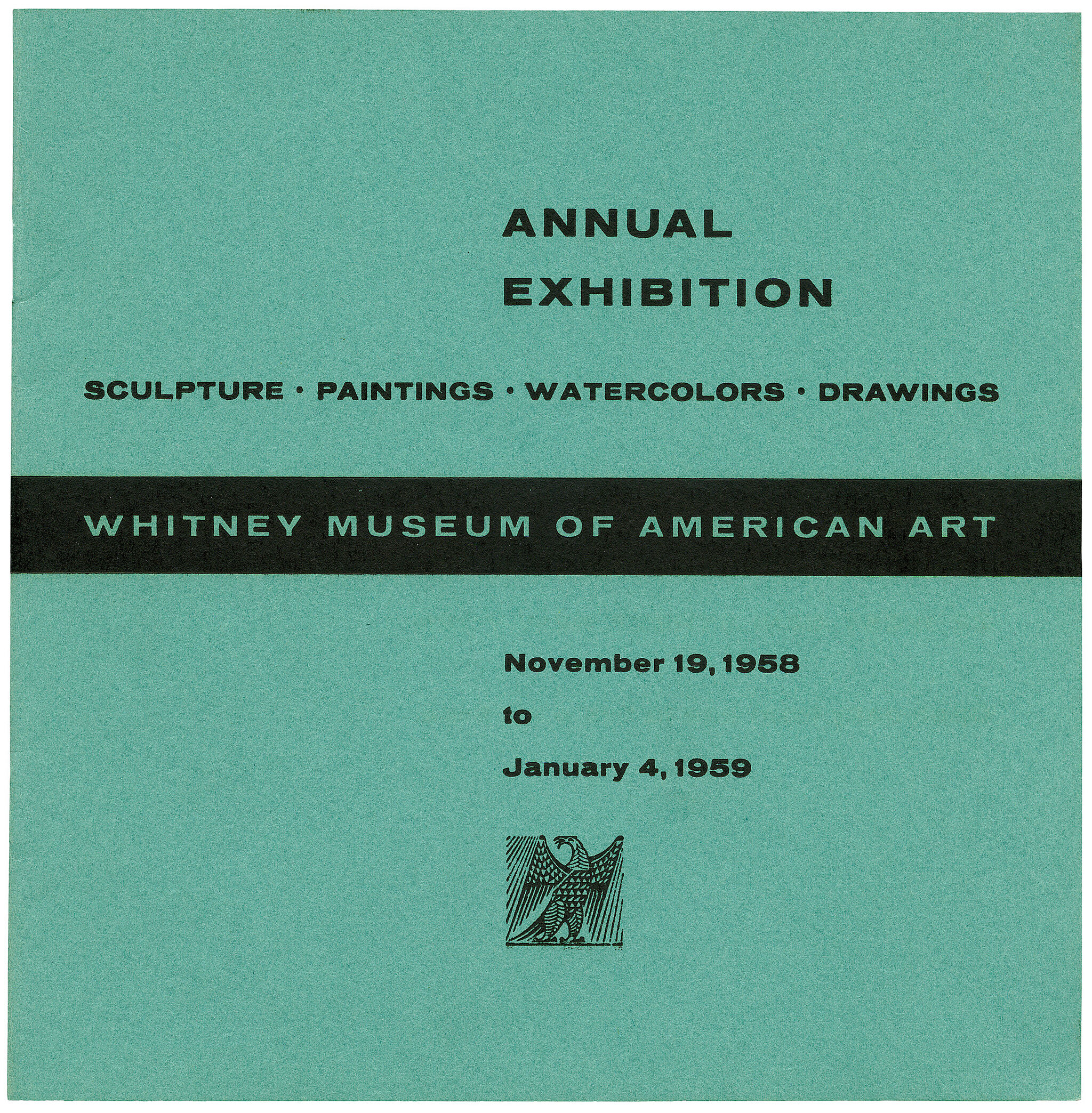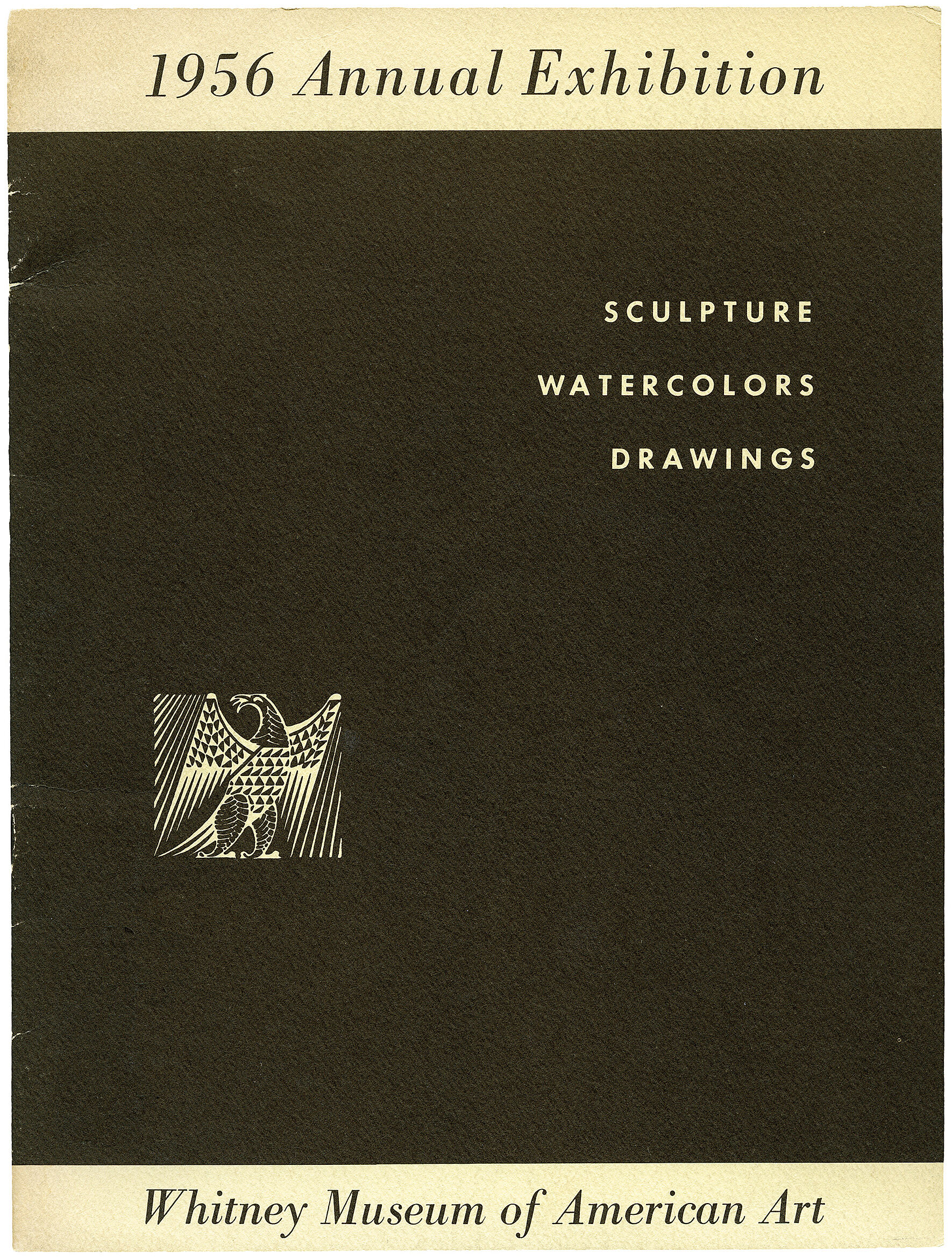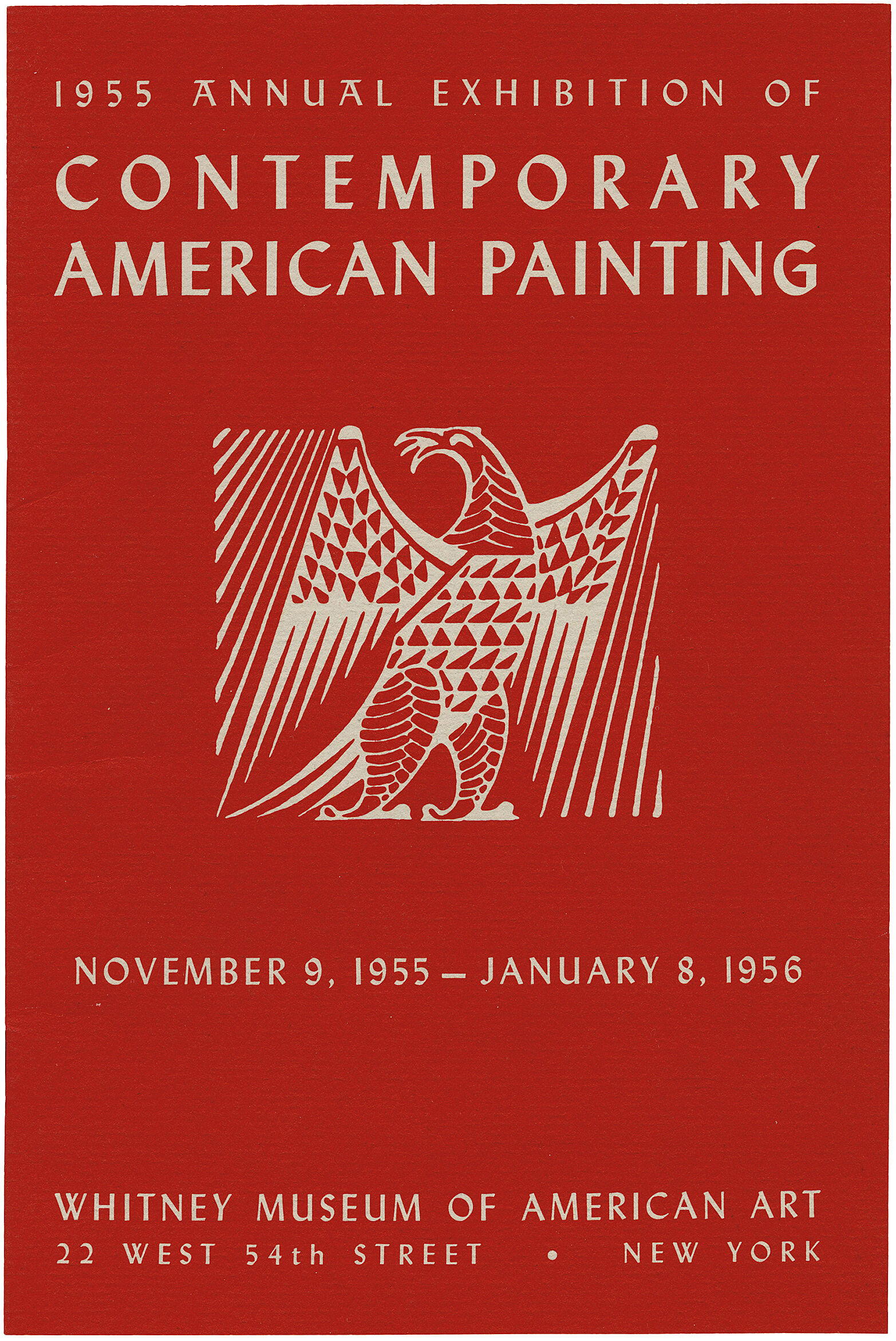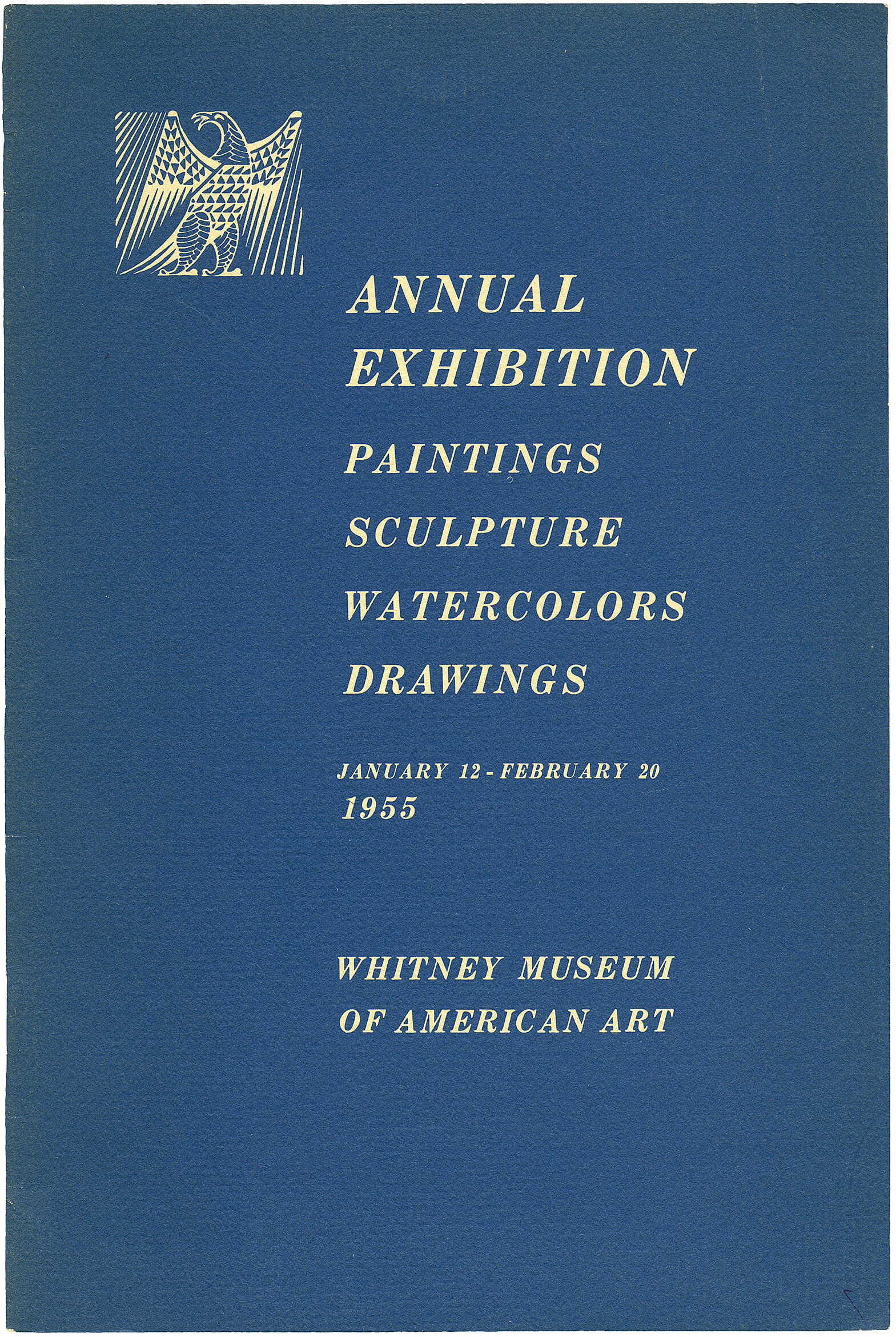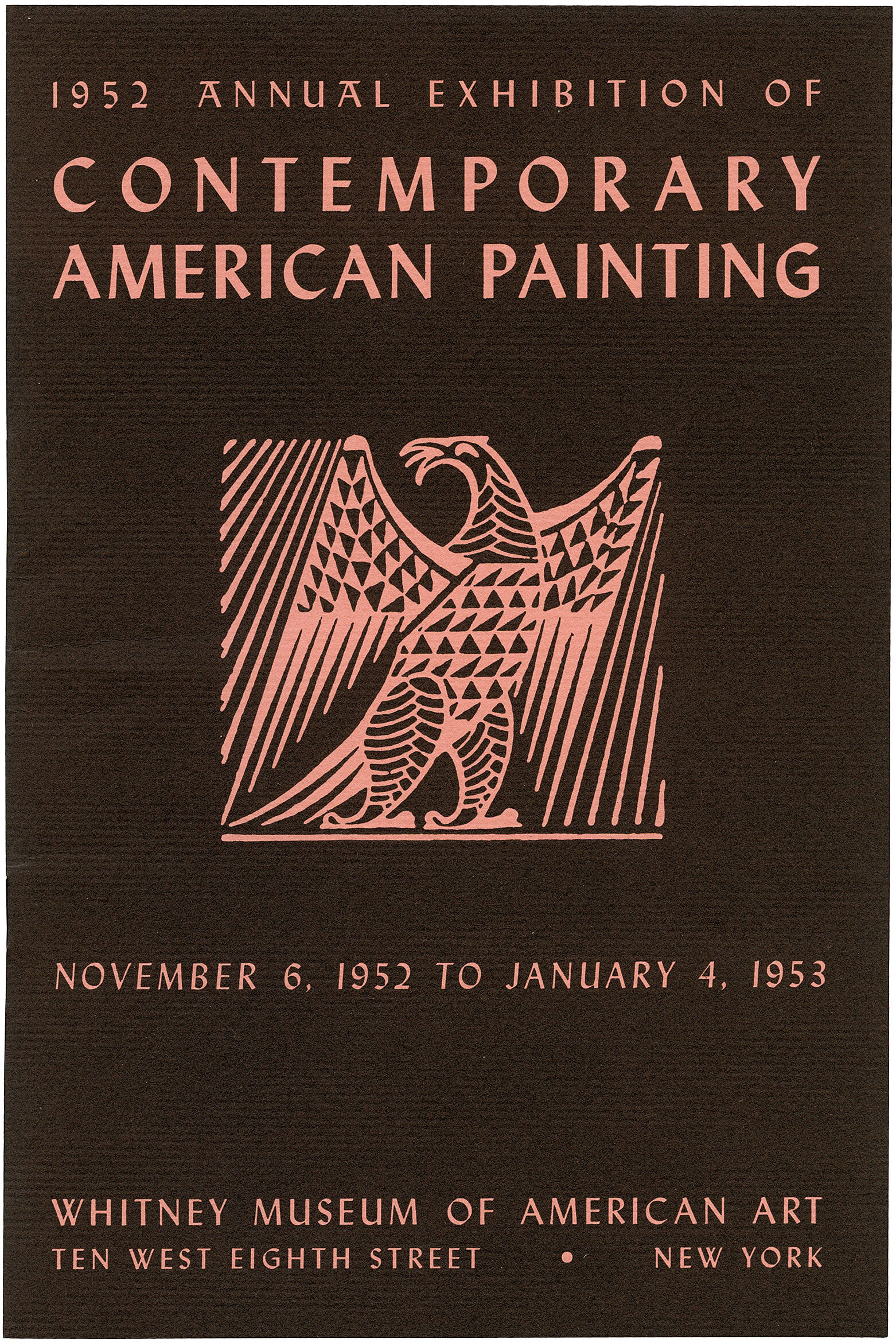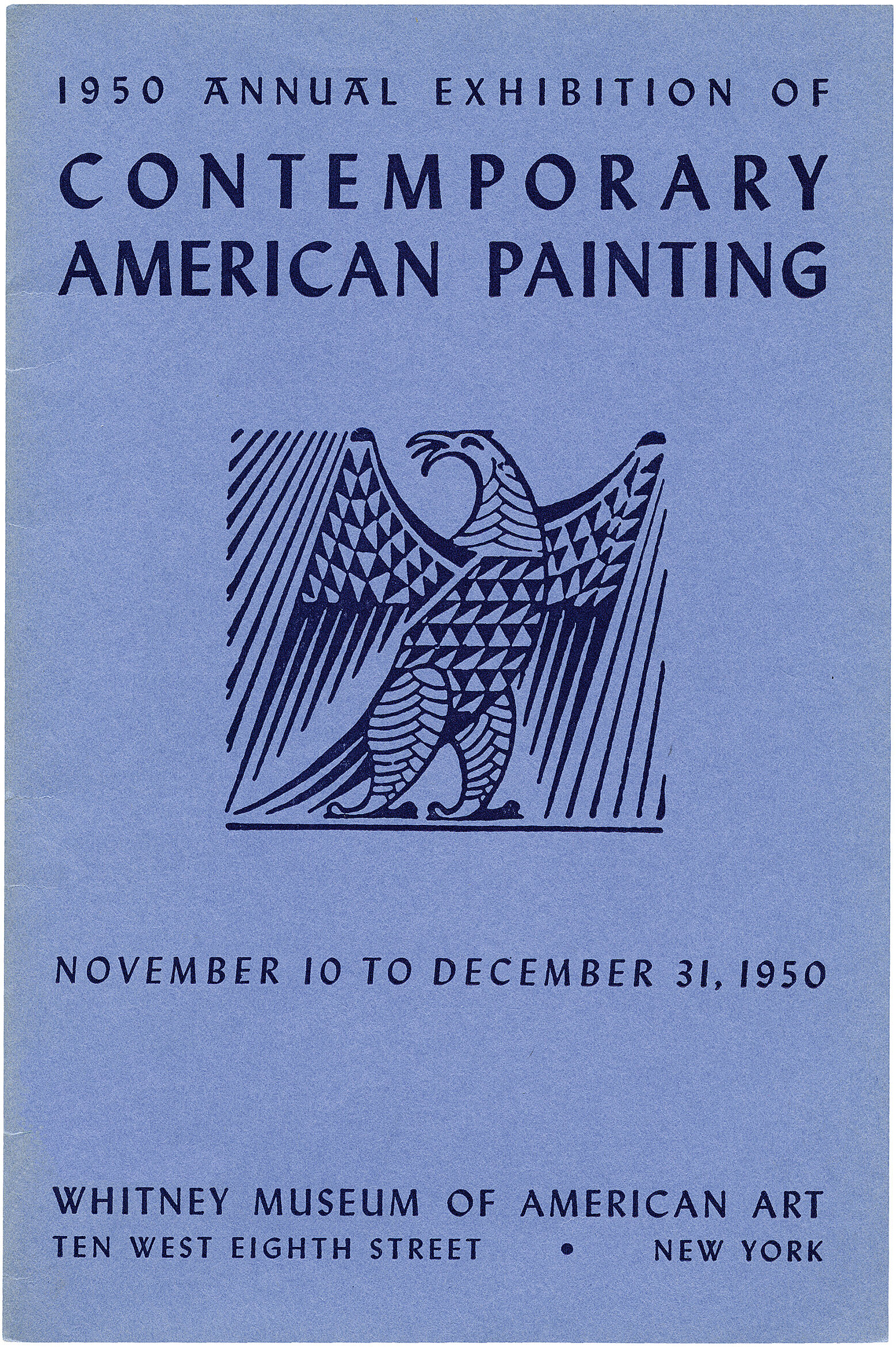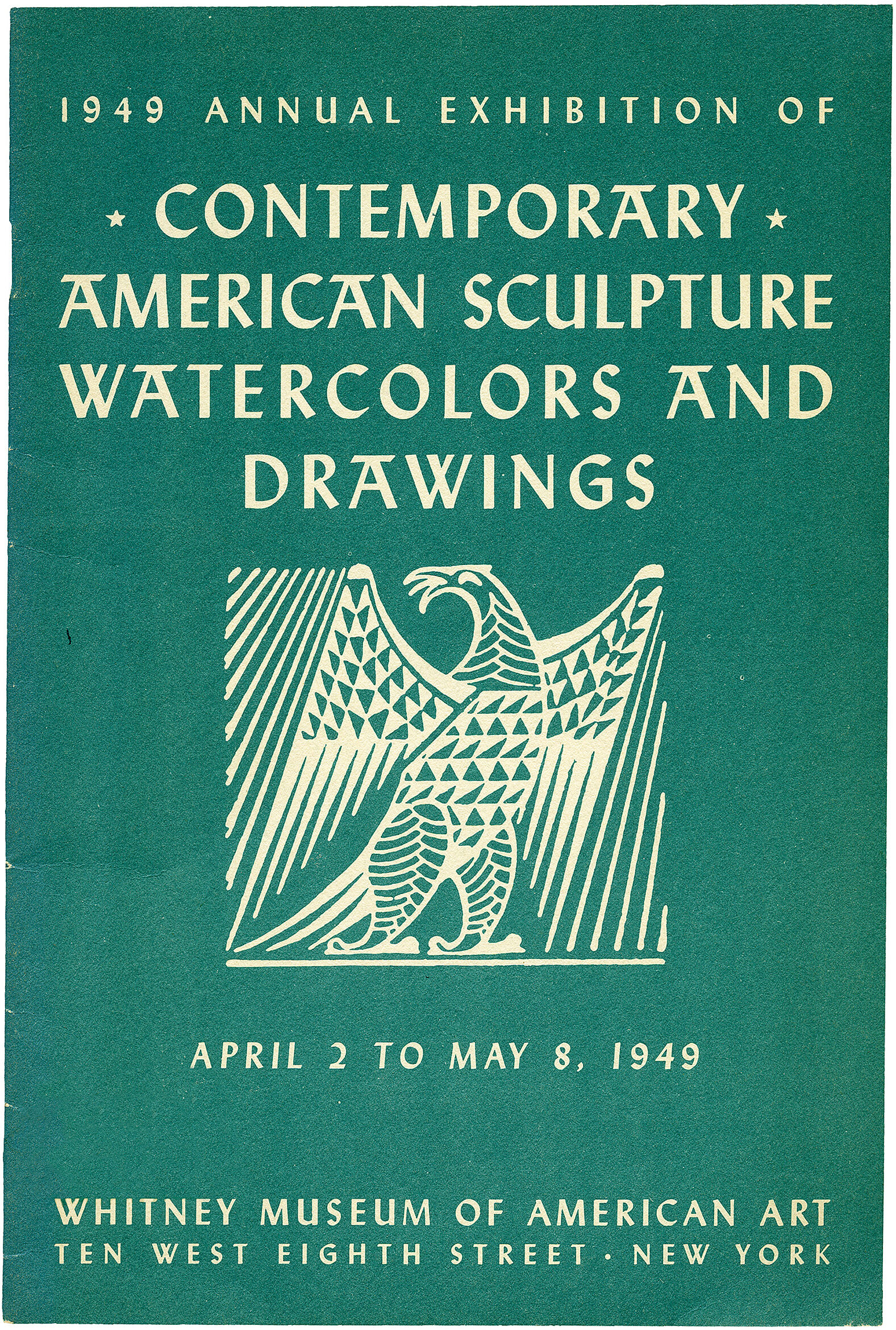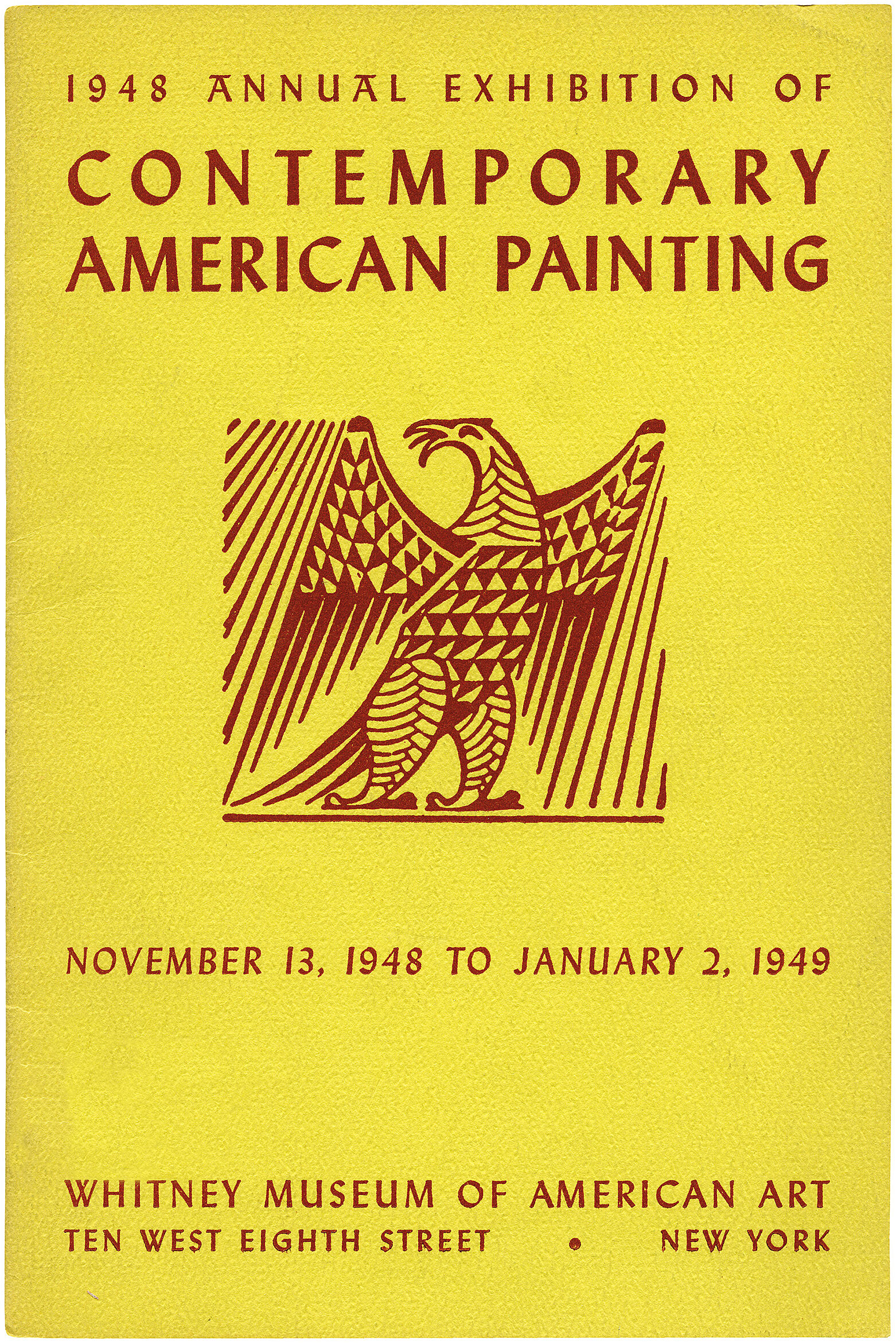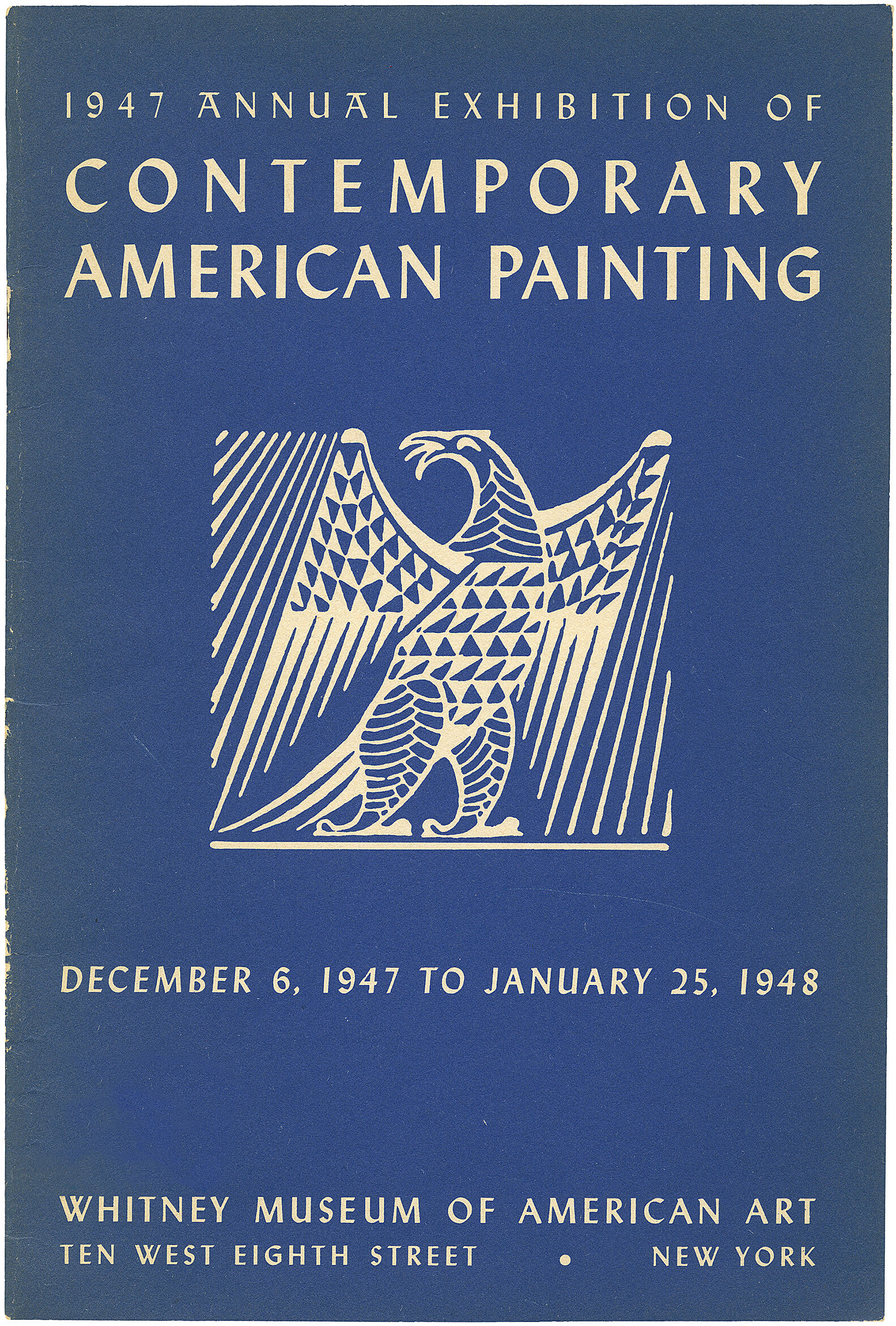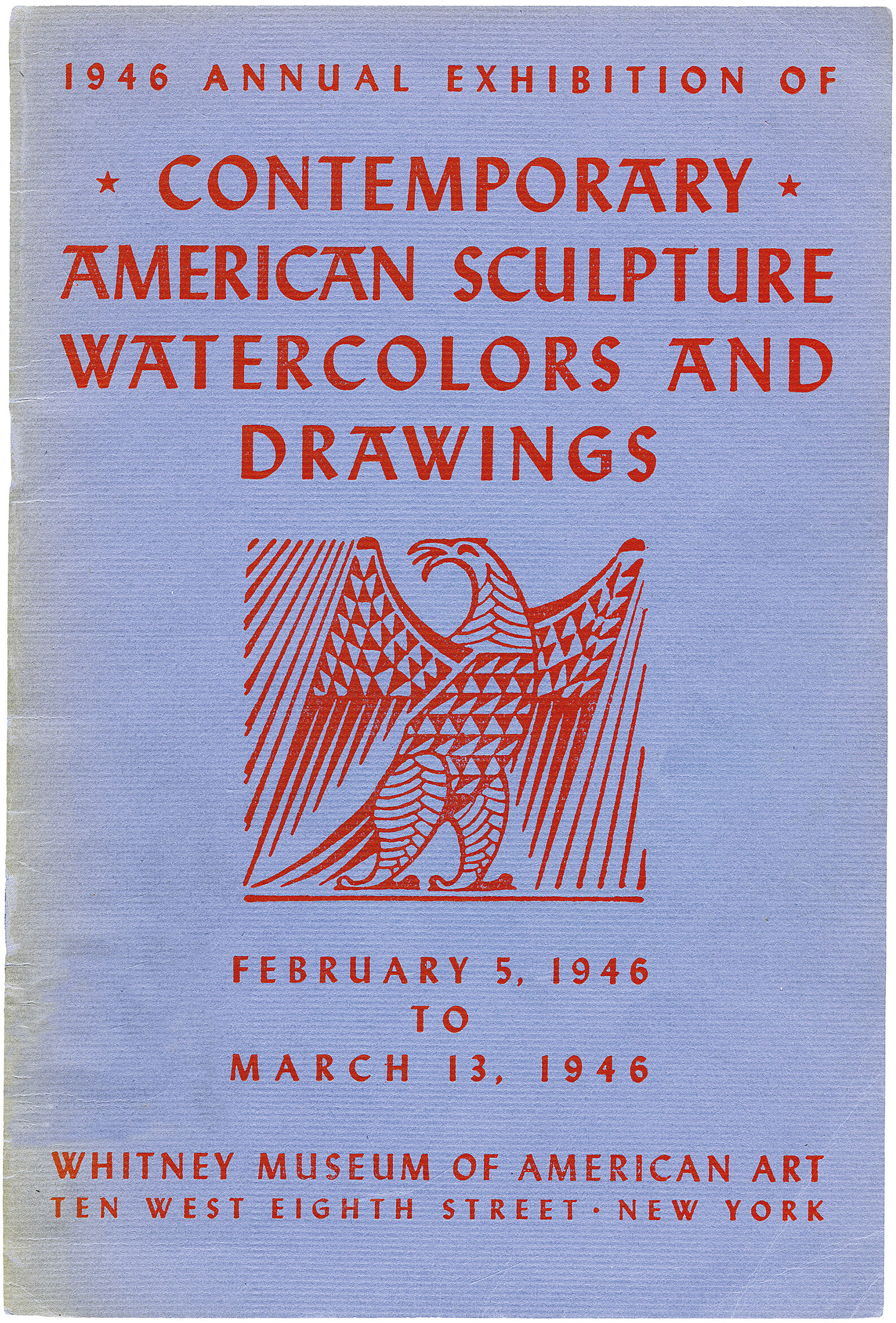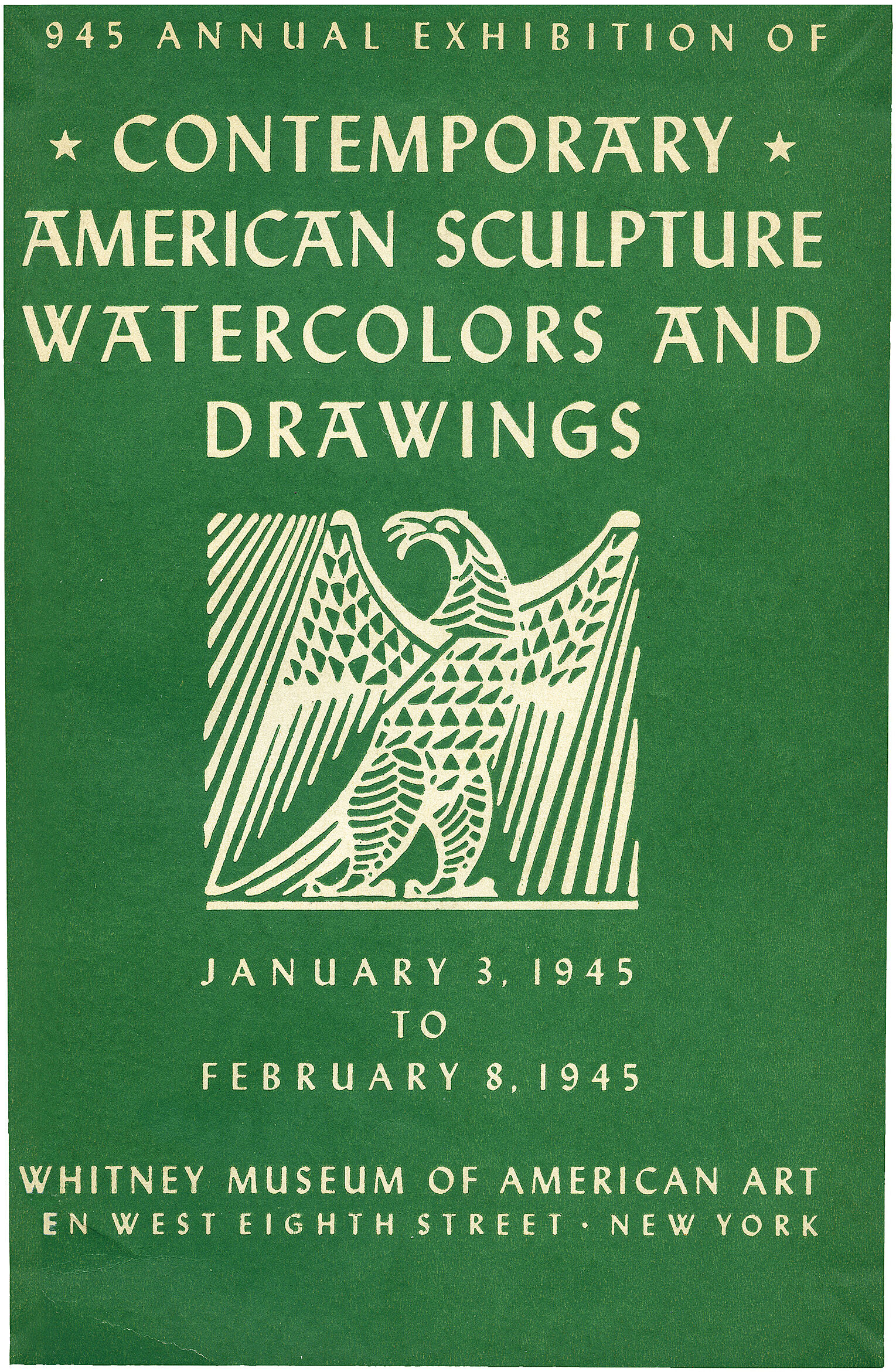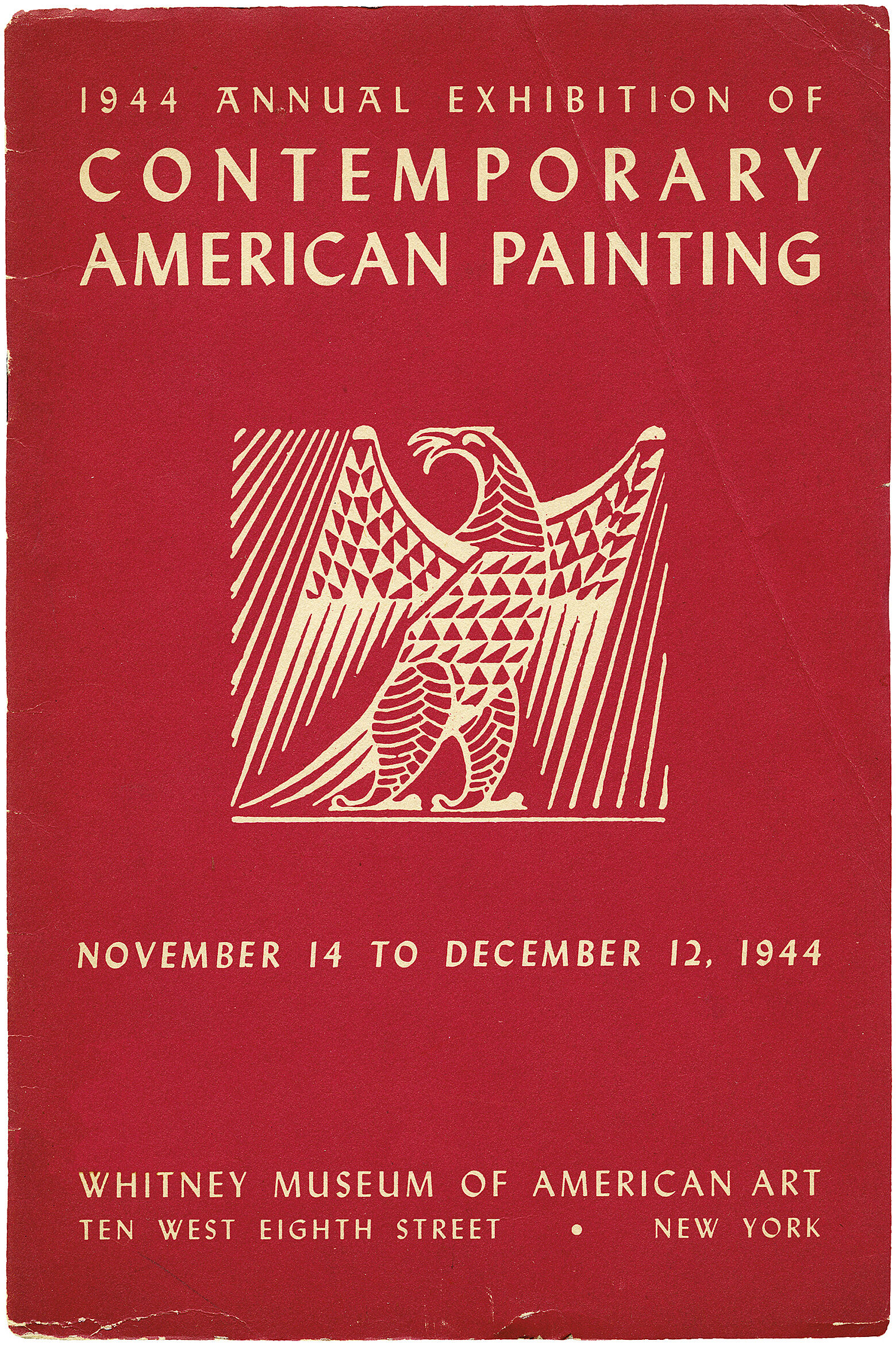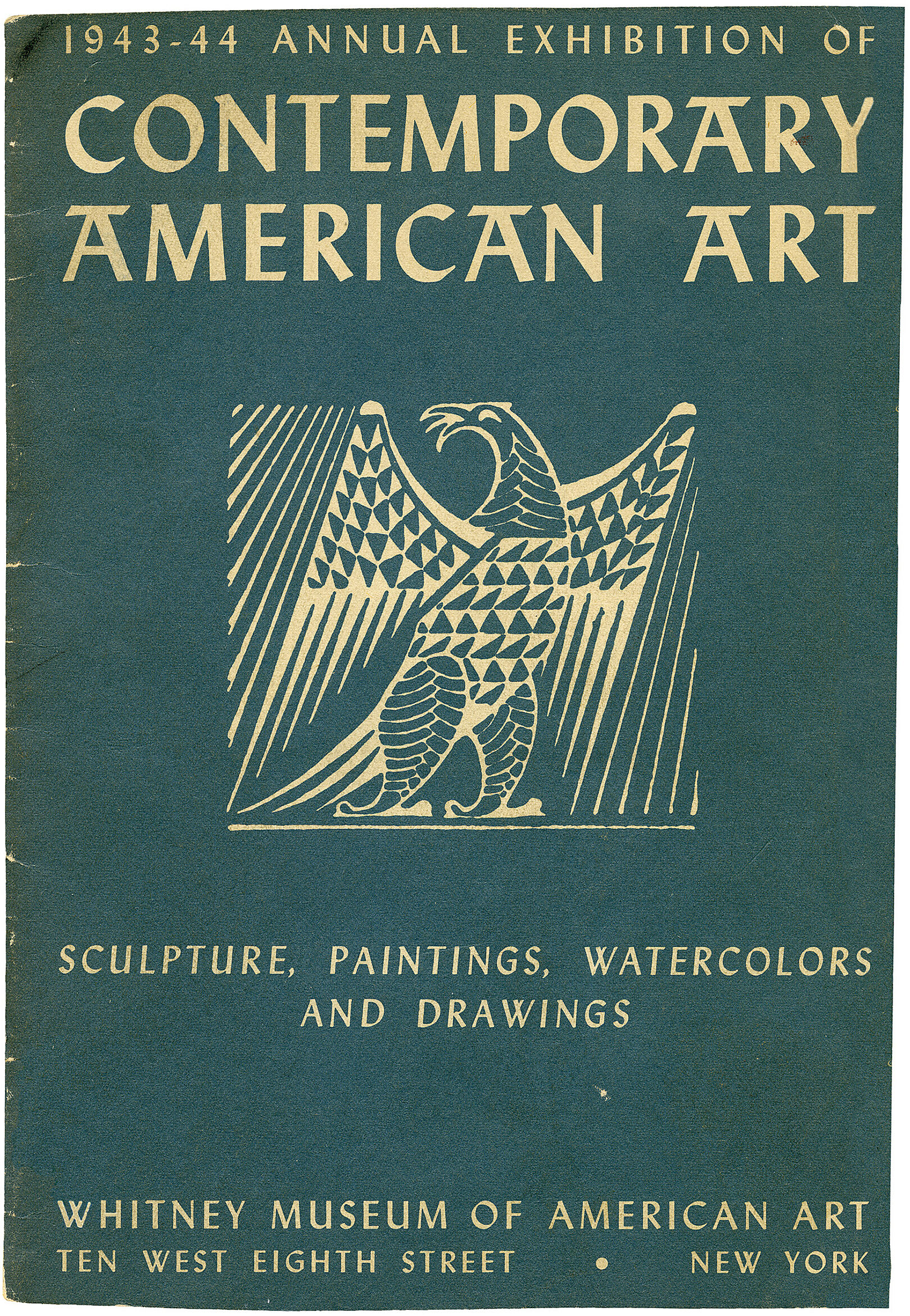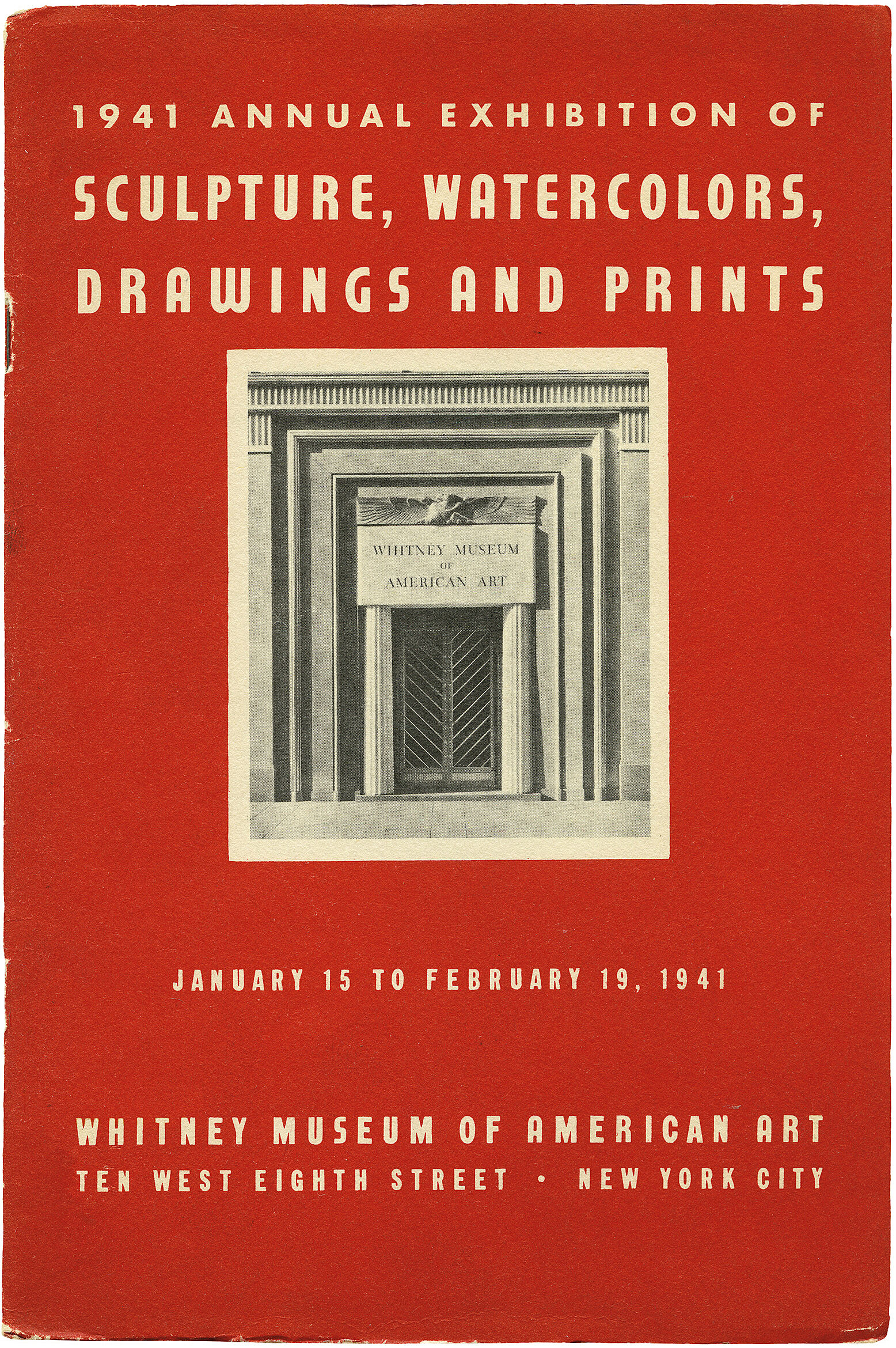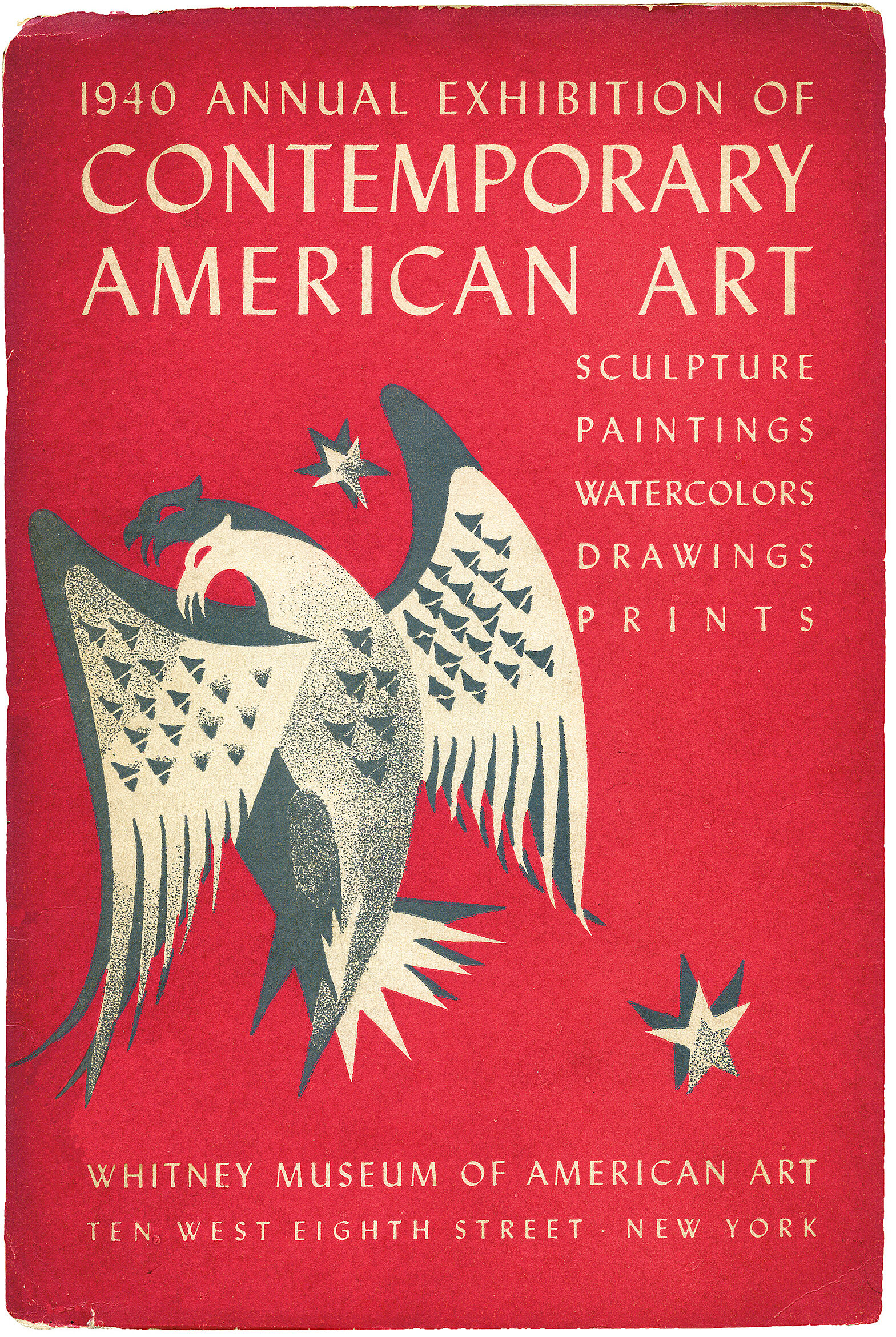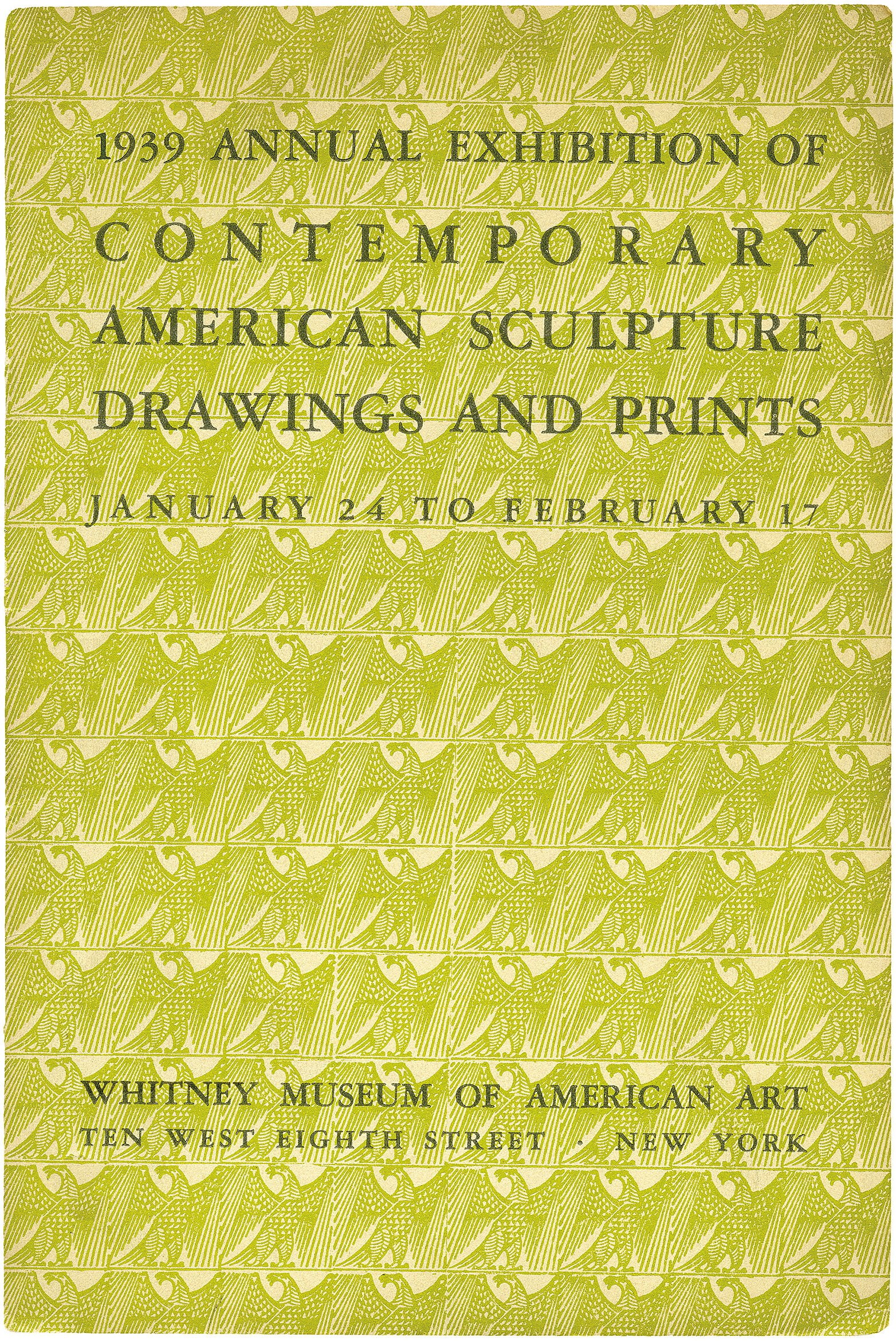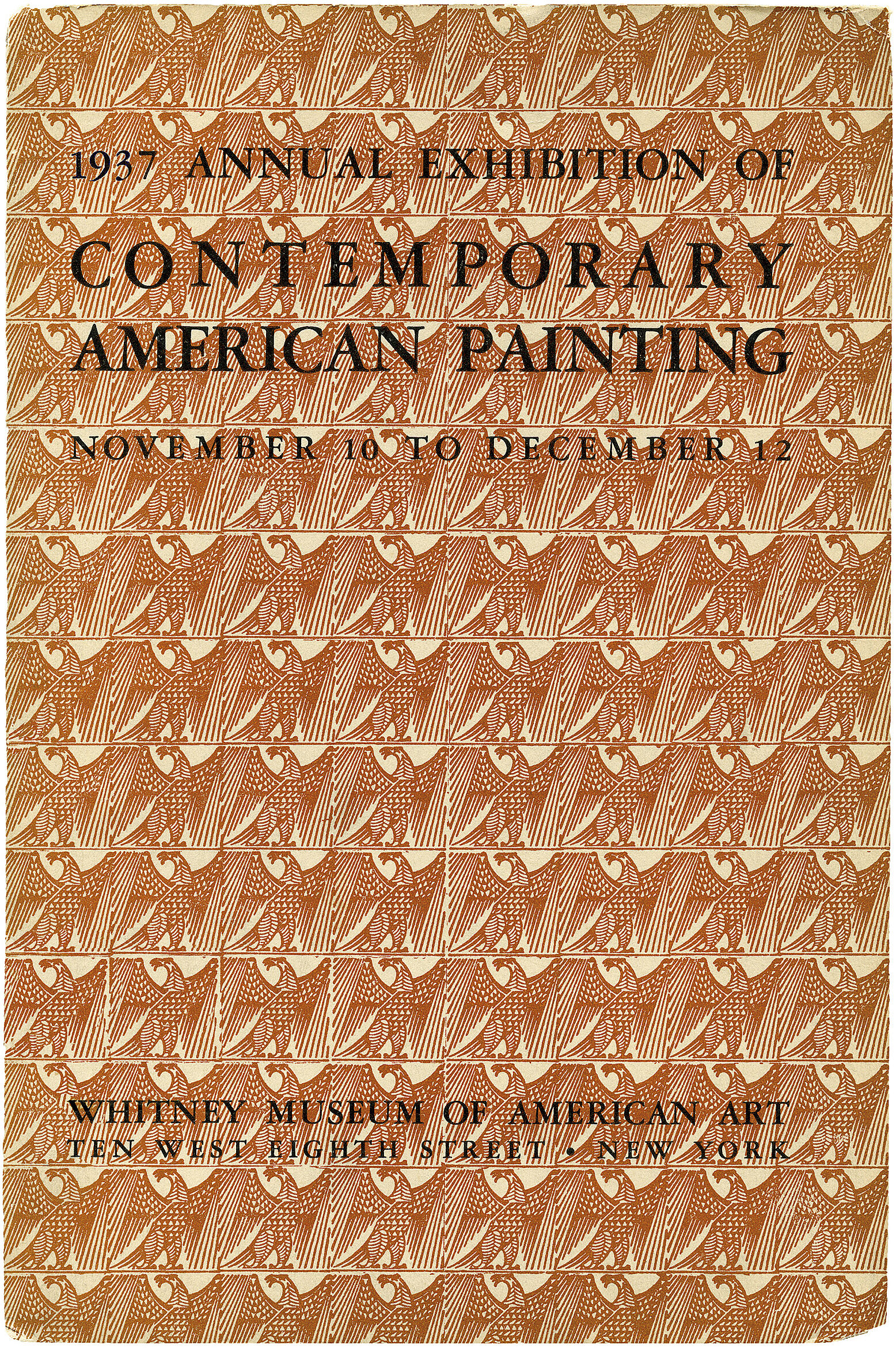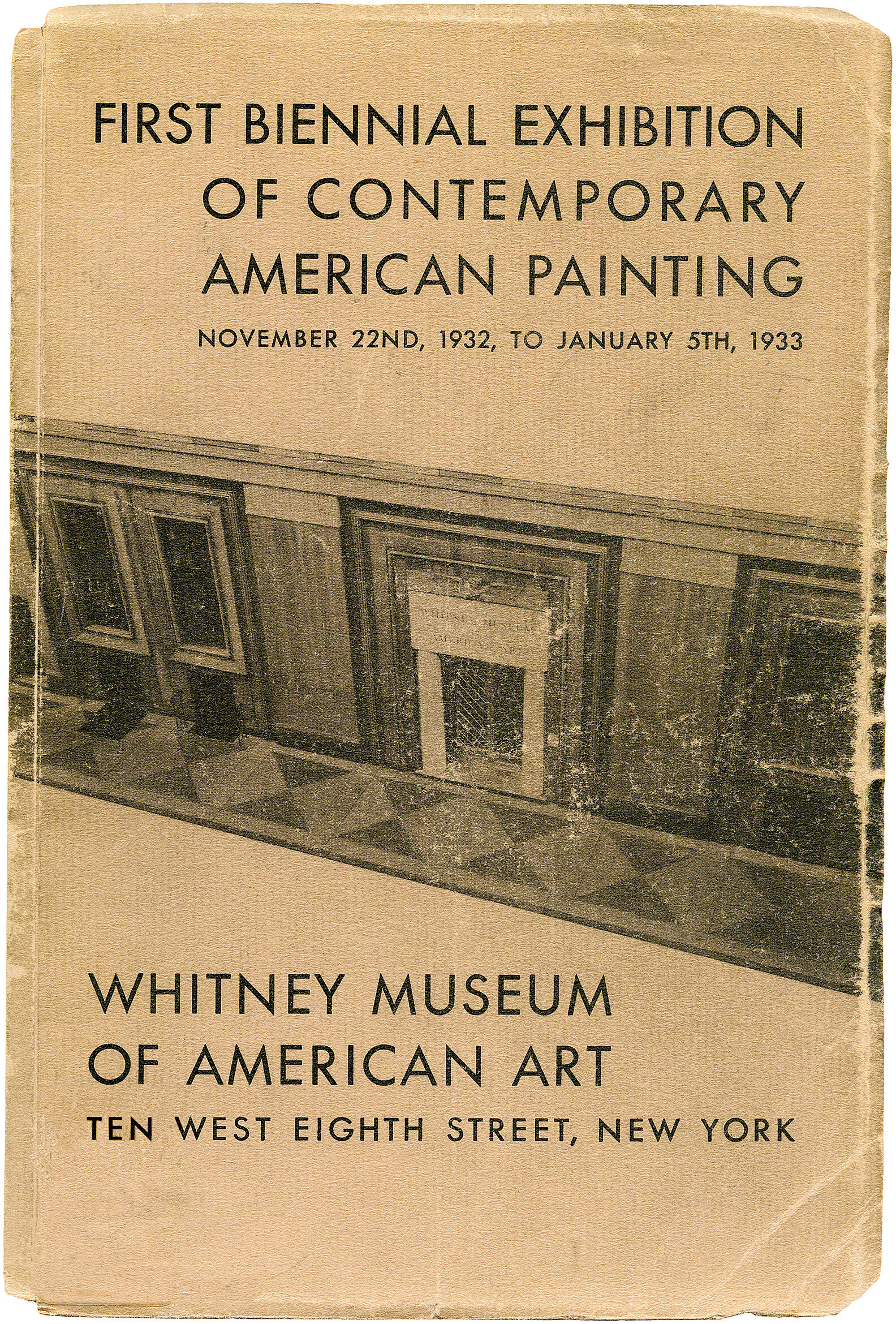Ivan Le Lorraine Albright
1897–1983
Introduction
Ivan Le Lorraine Albright (February 20, 1897 – November 18, 1983) was an American painter, sculptor and print-maker most renowned for his self-portraits, character studies, and still lifes. Due to his technique and dark subject matter, he is often categorized among the Magic Realists and is sometimes referred to as the "master of the macabre".
From a family of artists and artisans, Albright emerged on the American art scene in the 1930s and established a reputation as one of the most enigmatic of the American Realists. He shocked, awed and upset the viewing public through his emphasis on the fragility of the body, flesh and the human condition with such works as The Lineman (1928), That Which I Should Have Done I Did Not Do (The Door) (1931), and The Picture of Dorian Gray (1943). His work to highlight the minute detail and texture of every surface often required him to spend years or decades on a single painting.
While Albright's works can be found in museums throughout the United States, the most important repository of his works is at the Art Institute of Chicago.
Wikidata identifier
Q1392676
Information from Wikipedia, made available under the Creative Commons Attribution-ShareAlike License. Accessed April 11, 2024.
Country of birth
United States
Roles
Artist, painter, sculptor
ULAN identifier
500016413
Names
Ivan Albright, Albright, Ivan Le Lorraine Albright, Ivan Le Lorraine-Albright
Information from the Getty Research Institute's Union List of Artist Names ® (ULAN), made available under the ODC Attribution License. Accessed April 11, 2024.
